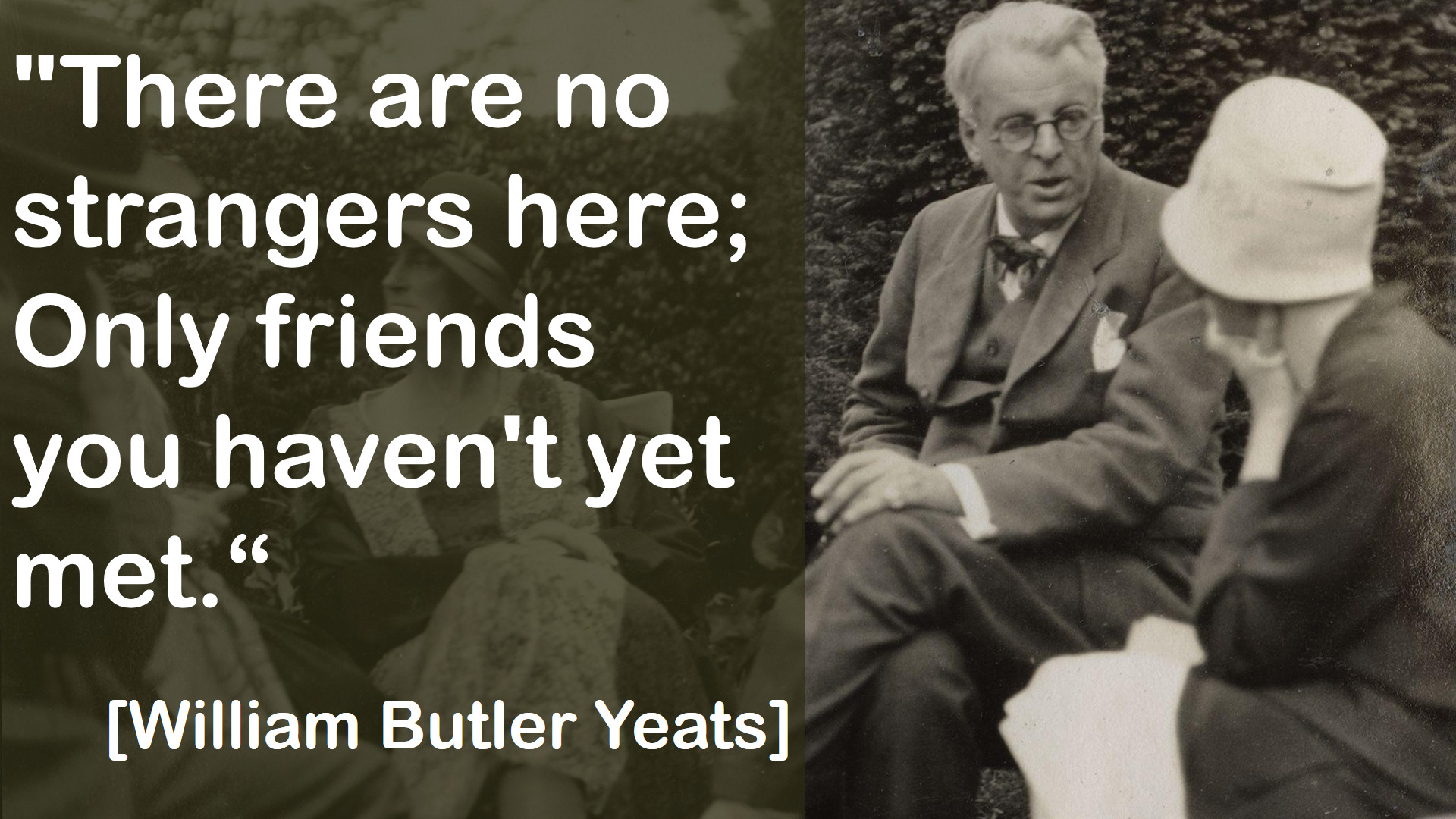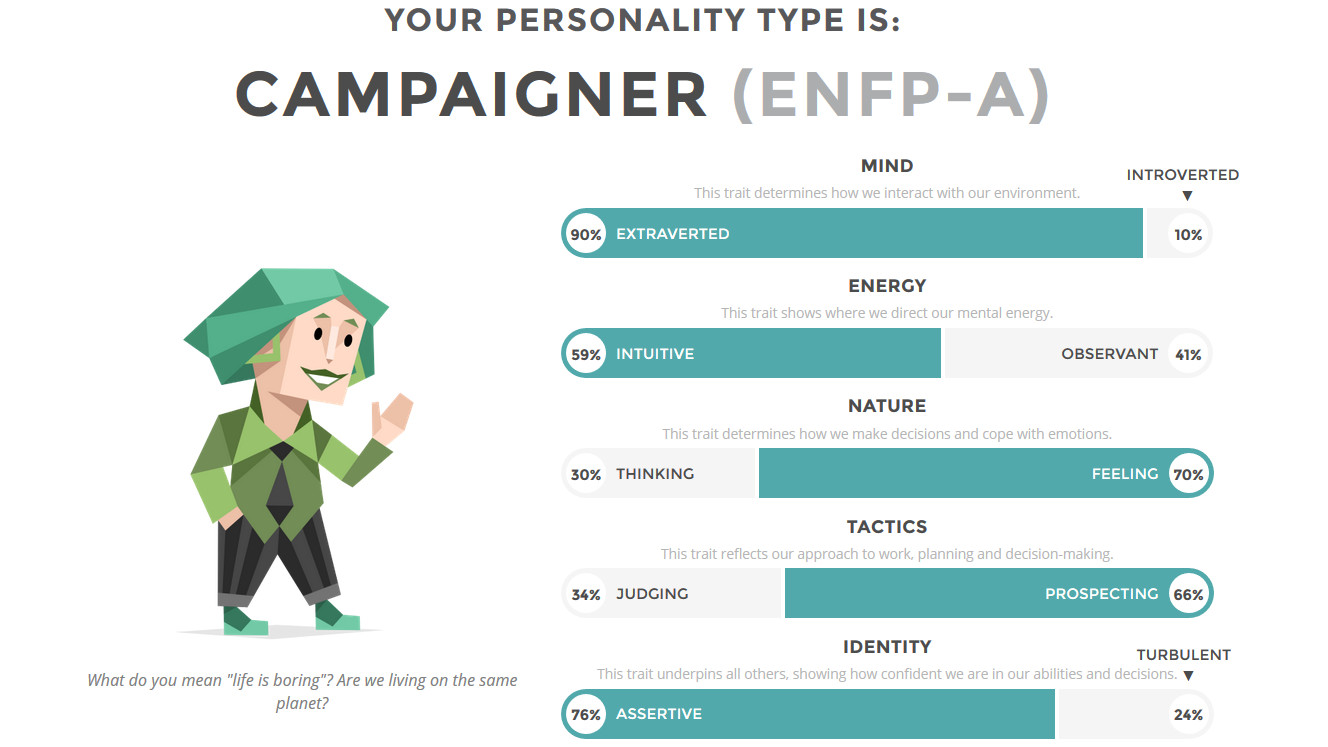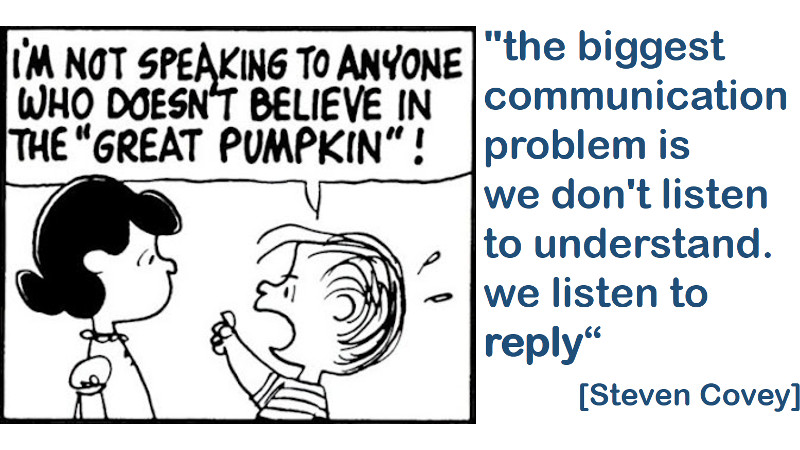
There are online tests for both on the web, which simply identify how your brain works. Not in black&white, there’s gray scale. But dominantly. Generally (according to Myers-Briggs) there are four indicators in the end. Indicators, not “rules”. You are either introverted or extroverted, intuitive or sensing, feeling or thinking, perceptive or judging. I found this understanding very helpful to identify my strength as such and understand that being different, is not a weakness but a different strength.
 Many of you know, Yulia is an introvert, where I’m an extrovert. Where it is very easy for me to stand in front of a crowd or meet strangers, this is a real challenge for Yulia. Which is also, why I help her promoting CheckIn.com. That difference in personality is rather easy to grasp. the other differences are more difficult in the beginning.
Many of you know, Yulia is an introvert, where I’m an extrovert. Where it is very easy for me to stand in front of a crowd or meet strangers, this is a real challenge for Yulia. Which is also, why I help her promoting CheckIn.com. That difference in personality is rather easy to grasp. the other differences are more difficult in the beginning.
Intuitive or sensing in a nut shell is about how you gather information. You need to touch them (with your senses) or can you imagine them?
Thinking and feeling are about decision making, being straight-thinking or more intuitive following their “gut feeling”.
Judging and perceptive is not about ruling, but they influence your expression. Where judging types like more that things are clear and settled, perceptive types constantly challenge them.
 But then we move on from Myers-Briggs to Keirsey and we step into a different world. In fact, we leave theory behind and come to the practical application. Because the Keirsey Temperament Sorter’s results are observable. Again, there is no black & white, but in many facets certain behavior is dominant. Such as the easily observable extro- vs. introversion.
But then we move on from Myers-Briggs to Keirsey and we step into a different world. In fact, we leave theory behind and come to the practical application. Because the Keirsey Temperament Sorter’s results are observable. Again, there is no black & white, but in many facets certain behavior is dominant. Such as the easily observable extro- vs. introversion.
Before you continue, you might want to do the official test, though that requires (free) registration on Keirsey’s website to get the results. And only the mini-result is free, giving you a general indication (like me, being an idealist “NF”). If you don’t need it for business, I found this a good online source to do the Myers-Briggs test (try to avoid neutral answers), which tells me (again) I’m a “Campaigner”, an ENFP-a. But the strongest, dominating type in me being the extrovert. How surprising ツ And doesn’t that fit with my passion in “Marketing” and challenging the frontiers?

What triggered this blog article is a quote by Steven Covey seen on LinkedIn (as so often, not properly referenced to him), which quickly reminded me also of that Peanuts “Great Pumpkin” cartoon by Schulz. Intuitively and being an extrovert, I jumped to it, but at second thought quickly identified it as simply a good example on how extroverts and introverts react to the same extrovert statement. And also, how judging types “believe” strongly in what for them is “settled”, the perceptive types do question the Great Pumpkin. Or Life, the Universe and Everything.
An introvert listens by nature. So Yeats was an extrovert and just expressed the typical extroverts view…
Food for Thought
Comments welcome!
And do me the favor and click on the (new) heart ♥ below the article if you liked it. It’s not linked anywhere but local for me to know the topics that my readers prefer ツ
3 - click to show Jürgen you liked the post
![“Our Heads Are Round so our Thoughts Can Change Direction” [Francis Picabia]](https://foodforthought.barthel.eu/wp-content/uploads/2021/10/Picabia-Francis-Round-Heads-1200x675.jpg)